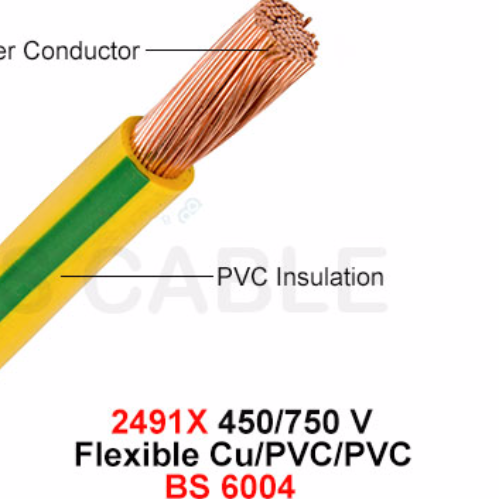Wires are used to transmit (magnetic) energy, information, and wire products that can be converted into electromagnetic energy.
When the home is decorated, the electric wire is indispensable for concealed project decorating building materials.
The first thing you need to do is to learn a little bit about electric wires.

The difference between wire and cable
We generally call wire cables, wires, and cables that don't have strict boundaries.
If you have to make a distinction, it's a wire that consists of a soft wire, with a soft, soft covering.
A cable is made of a single piece of insulation, a piece of insulation, and a metal or rubber outside.
Do not need to use cable in domestic outfits commonly, electric wire has met the requirement
The normal size of a home wire
What we often hear about the square of the wire is the size of the wire, and the common sizes are 1.5 square, 2.5 square, 4 square, 6 square, and 10 square.
Wire squared is a square millimeter, which is the size of the area of a wire conductor.
Family wire classification
Wires are classified into various types, depending on their use.
And the power lines are relatively low compared to other utility lines, such as engineering.
Specifically, home wires have the following categories:
Hard line: professional called BV wire, mainly used for power supply, lighting, socket, air conditioning, is fit for ac voltage up to 450/750 of power equipment, electrical appliances, instruments, and equipment with cable wires.
The hard-line has a certain hardness, in fold Angle, the straightening aspect will be more convenient
Soft line: the professional is called BVR wire, suitable for ac voltage 450/750v and the following power device.
Electrical wiring for daily appliances, gauges, and telecommunications equipment, such as distribution boxes.
The soft liner is made of scum, and the flexible circuit is larger than the hard-line.
Hard, soft wire (weak wire): single and root copper core, generally referred to as cable, low voltage power cable.